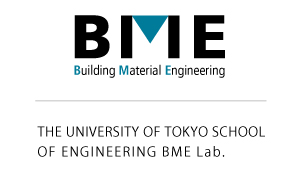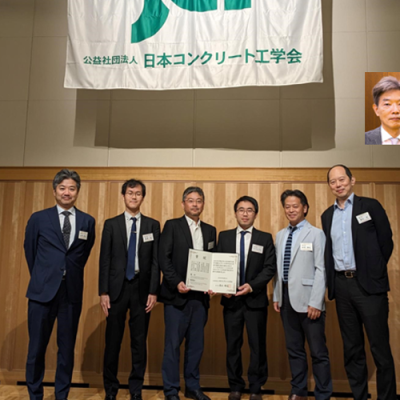a new paper has been published from JBE, based on the Hamaoka Project, proposing a methodology for predicting and managing the strength of aging concrete structures. This is the first study in the world to present a strength prediction model that considers not only cement hydration but also the interactions between aggregates and hydration products. The supporting data are derived from analyses of concrete aged up to 50 years.
The most important message of this paper is the concept of managing reactor units across an entire nuclear power plant site as a “concrete family.” By packaging core data collected from different units—such as core samples extracted during aging management activities—and developing a time-series-based prediction and management methodology, we can apply this approach to fleet-level aging management of nuclear reactor structures. This represents a practical application of concrete decommissioning material research and can be considered the first successful example in this field.
While many scientific insights have emerged from the study of decommissioned materials at Hamaoka Nuclear Power Plant, we have finally connected them to technologies for aging management for long-term operation. We plan to continue and further deepen this research in the future.
You can access the article for free for 50 days at the following link. Please take a look:
I. Maruyama, A. Aili, S. Sawada, K. Yokokura, Y. Umeki, Long-term use of modern Portland cement concrete: change in strength due to reaction between aggregate and cement paste, J. Build. Eng. 111 (2025) 113606. https://doi.org/10.1016/j.jobe.2025.113606














